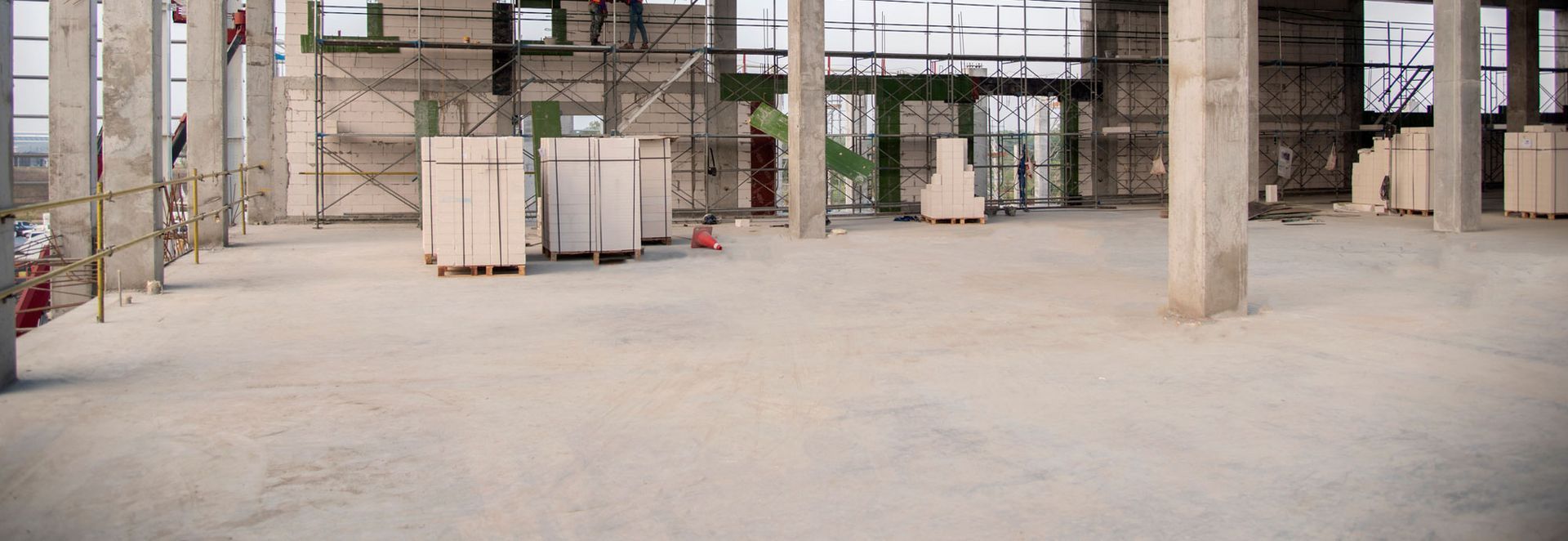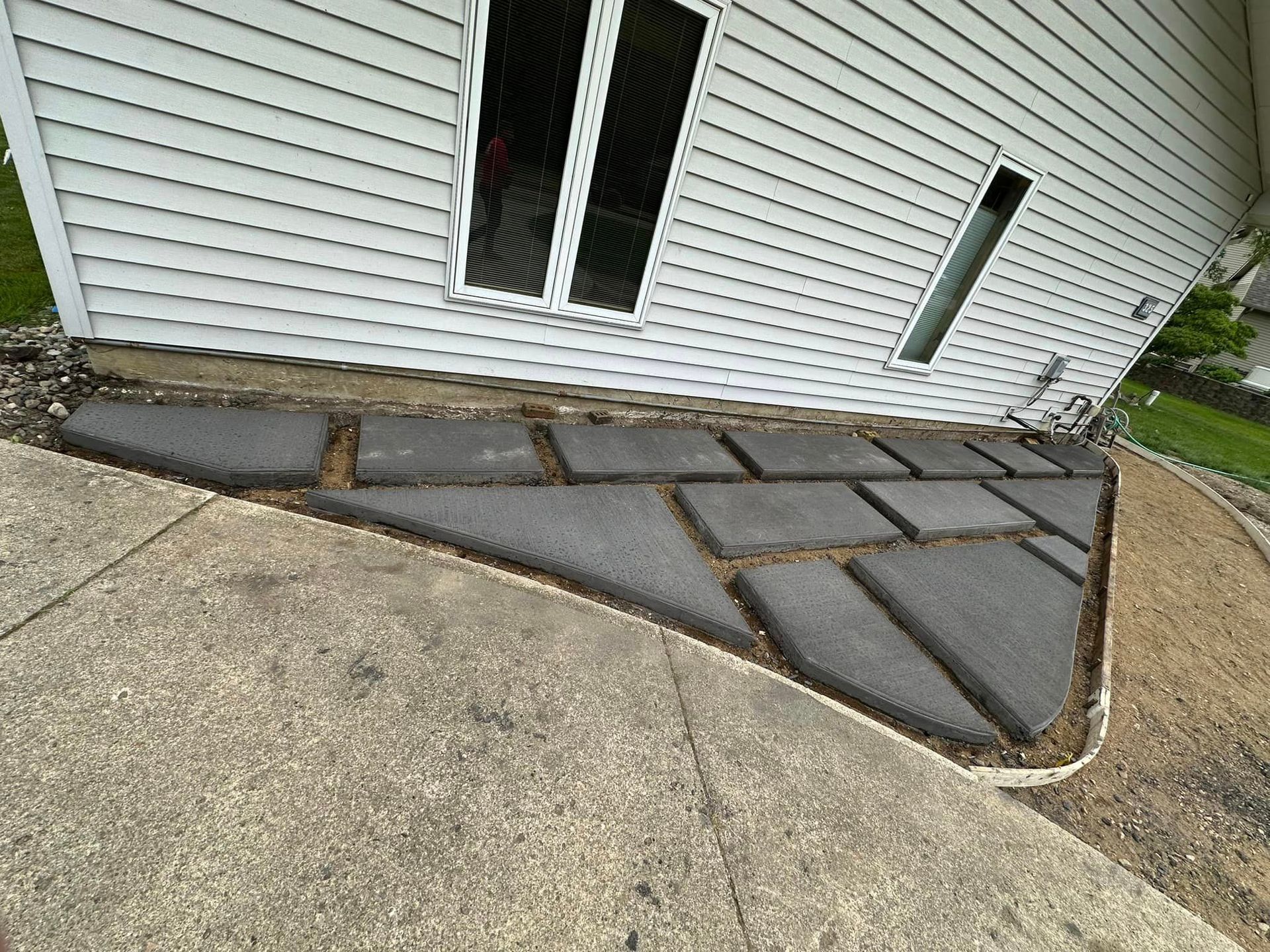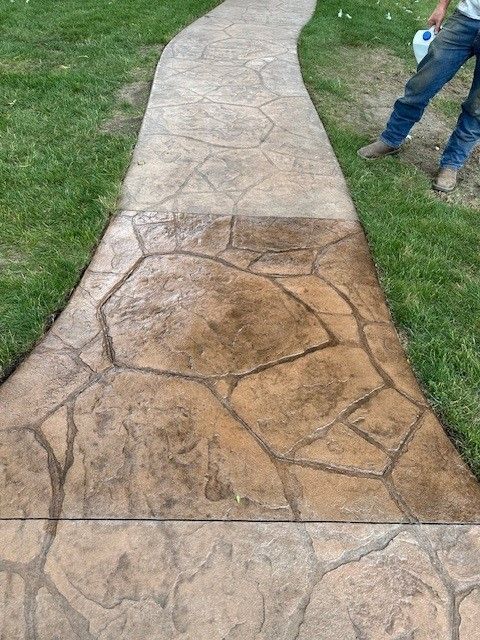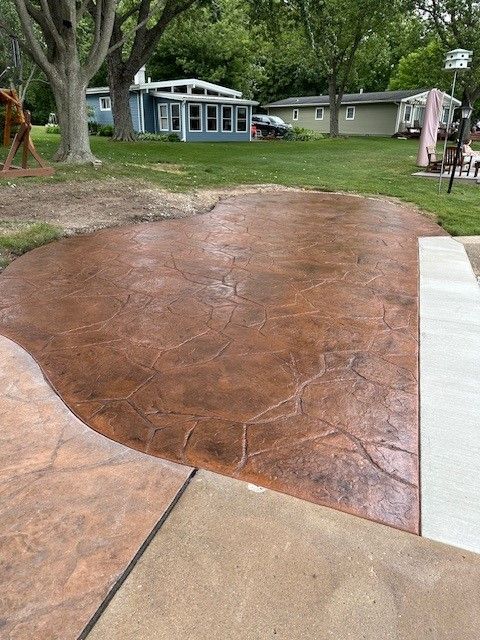What causes Concrete to fail?
Trying to pour concrete in Michigan, Indiana and Ohio can be a nightmare if you don't take the time to learn what causes cracks and how to prevent them before your concrete fails.
This blog is designed to help you better understand and identify some of the most common factors leading to cracked (or failing) concrete. Most of the time, you're going to need an expert to help identify the problem and how to best move forward. Lucky for you, NXT Concrete has experts that can help with just that.
- Poor Selection of Materials
Many people assume that concrete (or “mud”) is all the same and that they can get great results from whatever product they go with. False. A lot of types of cement or mud were designed for more decorative uses and will crack if you try to use them for driveways or other high-stress areas, such as a garage or pole barn floor. You need mud that is designed and mixed specifically for the right purpose to avoid cracks on your surface.
For example, you should find bags labeled “for construction use” to ensure your concrete is strong enough to withstand regular use. Just as importantly, you need to make sure that your temperature rating is at the right level to avoid further complications as well. For example, some mixes are rated for hot temperatures while others are rated for colder temps. Others are for more general use and will adapt based on the temperature.
- Adding Too Much Weight
Concrete is designed to be strong enough to withstand most things but can crack if you add too much weight to its surface. This problem is typically common along the weaker areas, like the edges of a driveway or parking pad and will send cracks through the entire surface.
Adding too much weight on one spot can damage your surface, but moving these items evenly across the surface may prevent many of these common problems.
- Poor Joint Placement
After your pavement is poured, a series of joints will be cut into the surface. These joints are designed to give your driveway some room to grow and shrink. However, cracks will appear around these joints if they are not cut correctly. This error can range from the depth of the cut, the distance between cuts, cuts made to soon or even waiting to long after the pour to place the joints.
- Extreme Temperature Changes
Concrete is generally strong enough to withstand a wide array of temperature changes, but it may experience issues when the temps reach extreme highs or lows around the time of the pour. Quick temperature changes will also cause expansion and contraction of the moisture in your concrete, which may cause cracks to appear. We all know Mother Nature likes to throw us some curve balls around these parts.
Unfortunately, there isn't much that you can do to fully avoid this problem if you live in Michigan, Indiana or Ohio. However, you can prevent some of this damage by adding a sealing agent to your concrete. This step will minimize how much damage the sun and ice can do to your concrete surface.
- Poor Drying
When your pavement is poured and adequately maintained, no cracks should appear in its surface. However, poor drying could cause complications with how well your concrete settles through the hydration process.
Even worse, there may not be enough moisture in the concrete or even the ground below, which can cause it to become hard or brittle. As a result, the surface may start to crack right away as it dries.
- Adding Too Much Water
One of the biggest factors to failed concrete is adding too much water to the mix. While water is a necessary part of the pouring process, excess water can water down your concrete and make it less durable, making it more prone to damage.
As a result, you need to make sure that the water added to your mud (concrete mix) is done so at the correct levels. Typically, you need one bucket of water per every 10-pound bag of cement. Any more than that and your concrete will come out very watery. If you notice that the mixture has too much water, you can add more cement mixture – a handful at a time – to balance out its thickness a little better.
- Ground Movement
One may think that the ground beneath their concrete is stable, false. The dirt and soil underneath your concrete surfaces are likely to go through frequent changes, such as heaving and settling. Either of these can do a real number on your concrete and cause serious issues down the road.
One way to avoid this problem is to remove trees from your yard near the concrete surface or where you’d like to have it poured. Tree roots often grow under your pavement and cause a variety of soil problems. You may also need to add a more stable and compacted subsurface beneath your new surface before you pour the concrete to avoid this complication.
No matter what you choose to do it’s always best to have an expert do any concrete work that you’d like done. Concrete can be very fickle and it’s best you let the professionals handle it. Here at NXT Concrete we have over 20 years of experience and can easily diagnose any issue you may have now or in the future. We also know how to pour based on temperatures and weather conditions. Call NXT Concrete today to schedule your free consultation and get an estimate by our professionals.


Some of the Areas We Serve
- Coldwater, MI
- Quincy, MI
- Sturgis, MI
- Bronson, MI
- Hillsdale, MI
- Marshall, MI
- Battle Creek, MI
- Jonesville, MI
- Jackson, MI
- Osseo, MI
- Kendallville, IN
- Fort Wayne, IN
- Fremont, IN
- Lake George, IN
- Angola, IN
- Auburn, IN
- Montpelier, OH
- Bryan, OH
QUICK LINKS
BUSINESS HOURS
- Mon - Fri
- -
- Saturday
- -
- Sunday
- Closed
Emergency Services Available
















